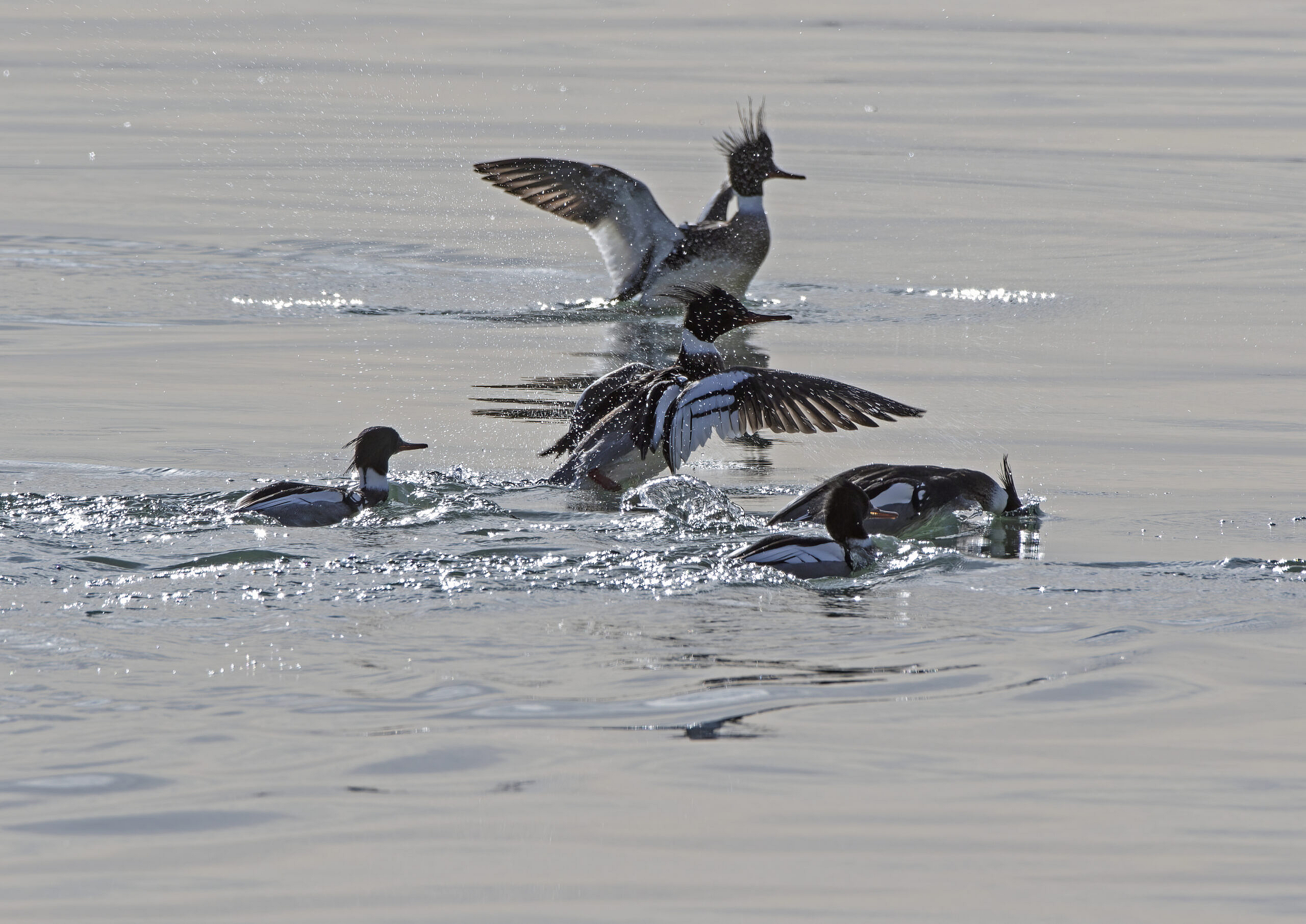I was in a local bluebell wood the other day, trying to find a new way of showing the beauty of these plants. I failed as usual, simply because they are so stunningly beautiful that it’s hard to find an image that does them justice. I particularly like trying to photograph the occasional Whitebell that crops in the midst of the sea of blue – I suppose because they feel a bit like the plucky underdog. The job was made harder by the inclement weather, with dark clouds regularly scudding in front of the sun.
Then I noticed something odd. When the sun was behind the clouds, I could see the Whitebells clearly in the sea of blue. But when it came out, they seemed to disappear. Often I couldn’t find the flower that I had intended to photograph.

I read somewhere years ago that one reason why bluebell woods are so lovely is that the flowers capture a lot on the incoming light, including some of the invisible ultraviolet light, and re-emit it as blue light. In other words, they fluoresce slightly. I have no idea if that is true, but it would perhaps explain my vanishing whitebells. When the sun strikes a patch where both flowers bloom, the white bell shines in the sunlight, but the bluebell shines more because it is not just reflecting the visible light but using a chunk of the UV spectrum as well. If I had the time and the (very expensive) equipment needed, I’d love to analyse the light from the bluebells and see if this theory is true. But it doesn’t matter – all it means is that Bluebell woods look beautiful whether the sun is out or not.




Social Profiles